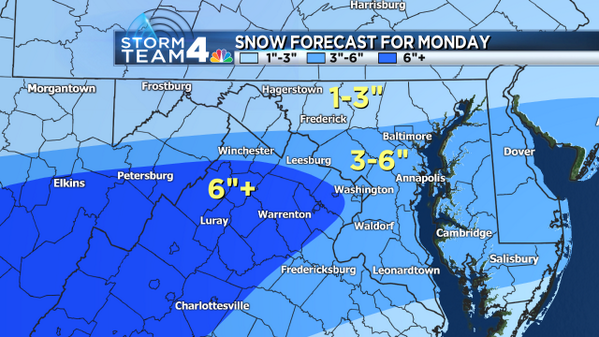

Not being a gourmet chef, I decided my celebratory dinner would be a feast of natural foods-so I wandered the woods collecting wild provisions. The Goddess (aka Sue Ballard Hilton) had to be out of town for my 74th birthday on 15 September 2020, so I was left to fend for myself.

If you're east of the Misissippi and get a hummer after 15 October, please let us know via e-mail at RESEARCH.Īnd on to a more personal note by Bill Hilton Jr., about persimmons: You never know when you might attract one of those western vagrant hummingbirds that sometimes show up after the ruby-throats have departed. If you're tired of making sugar water, you might take down feeders by Halloween, but we always suggest you freshen one feeder for as long as you can through the winter. Keeping a feeder up won’t hinder that behavior. Ruby-throated Hummingbirds (immature male, above) have been migrating like clockwork each fall for hundreds of thousands-perhaps millions-of years, apparently prompted by shorter day-length in autumn to make their southbound trip. Although some enthusiasts are afraid keeping feeders up will stop hummers from migrating, this is unlikely to be the case for any birds except those that might be ill and unable to survive migration in the first place. NOTE: About this time of year we often get questions from folks wondering when to take down their hummingbird feeders. Stay tuned for final results for the 2020 hummingbird season that probably will end on or about 18 October-our latest date ever for a new RTHU banding. Hatch year males are typically the last to leave each fall.ĭay-by-day Ruby-throated Hummingbird banding tallies for 5-15 September 2020 were as follows: This year we handled three adult female RTHU from 5-15 September-compared to our 22 immature females and 29 young males like the heavily streaked and partially red-gorgetted one above. Most red-gorgetted adult males are already long gone they begin leaving North America for the Neotropics as early as the first week in August, and historically we've banded only two after mid-September. We banded banded two adult male Ruby-throated Hummingbirds during the period, one on 6 September and another the following day.

(CAVEAT: Ruby-throat numbers at the Center typically drop precipitously after 15 September, so the bulk of our hummingbird work for this year is likely finished.) That also made the current banding season our 12th time to go over 200 bandings and our sixth-best year since 1984-with at least three weeks to go before hummers are mostly gone.

This brought our 2020 total for RTHU to 235-an exciting 137% of our 37-year annual average for hummers banded through mid-September. In all we banded 87 individuals of 17 species from 5-15 September, but the sizable majority of them- 56, to be exact-were just one species: Ruby-throated Hummingbirds, captured in mist nets or pull-string traps. (Scroll to the bottom of this page for a list of all bandings and recaptures during the period.)Īll text, maps, charts & photos © Hilton Pond Center
#Weathersnoop facebook torrent#
(Note the nearly indescribable yellow-green crown and back of the chestnut-sided in the image below.) Yes, we banded only one or two of each, but they presaged what we hope will become a torrent of southbound migrants in late September and early October. The early half of September 2020 brought Hilton Pond Center's first real evidence for fall migration with the arrival of such Neotropical species as Tennessee Warbler, Northern Waterthrush, Swainson's Thrush, and Chestnut-sided Warbler-all immature birds.
#Weathersnoop facebook for free#
Subscribe for free to our award-winning nature newsletter


 0 kommentar(er)
0 kommentar(er)
